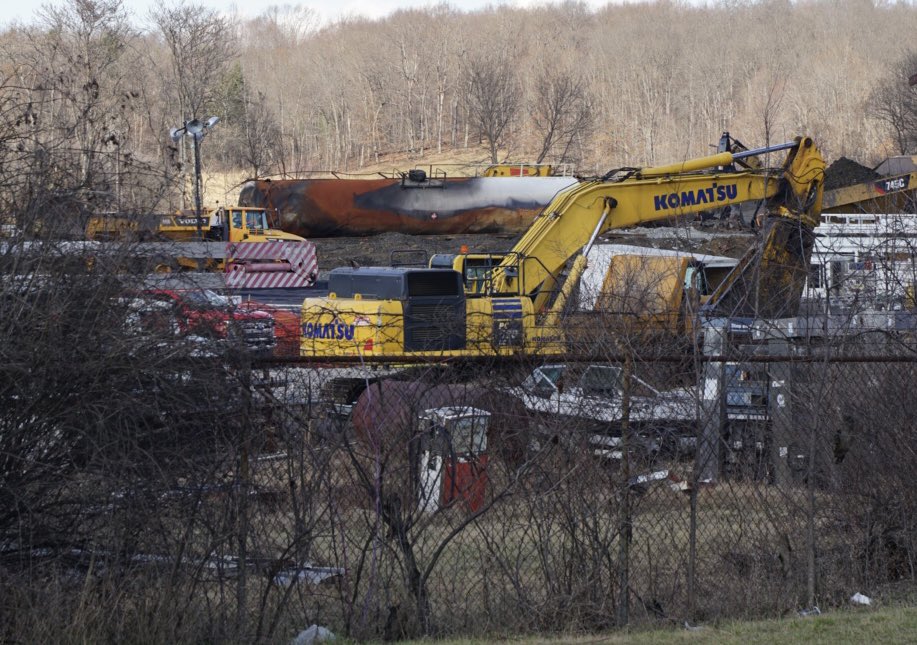The U.S. Environmental Protection Agency (EPA) and the Justice Department announced Thursday a $310 million settlement with Norfolk Southern over the train derailment last year in East Palestine, Ohio.
As part of the settlement, Norfolk Southern is required to make safety improvements that were in a bill the Senate Commerce Committee approved last year.
U.S. Sen. Shelley Moore Capito, R-W.Va., who voted against the bill in committee, said she didn’t expect it to become law. However, she said lawmakers could still make changes.
“But I’m not saying there aren’t improvements still to be made, because there certainly are,” she said. “So we’re going to look and see how this impacts that bill and then move on.”
The National Transportation Safety Board is expected to release its report on the derailment next month.
The settlement includes a $15 million civil penalty under the Clean Water Act. To put that in perspective, the Federal Railroad Administration collected $15.6 million in fiscal year 2023 for all railroads, including Norfolk Southern.
The agency does not break down how much in civil penalties were attributed to specific violations, including any in East Palestine.
